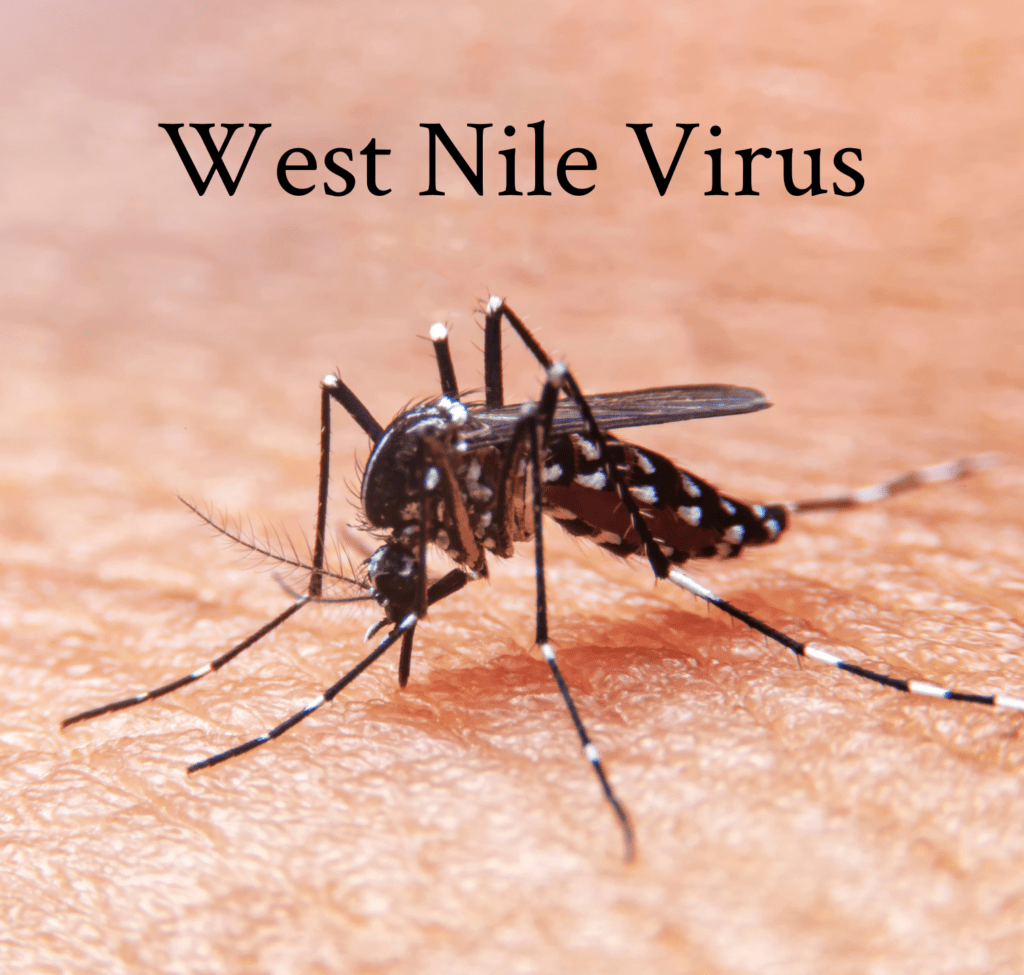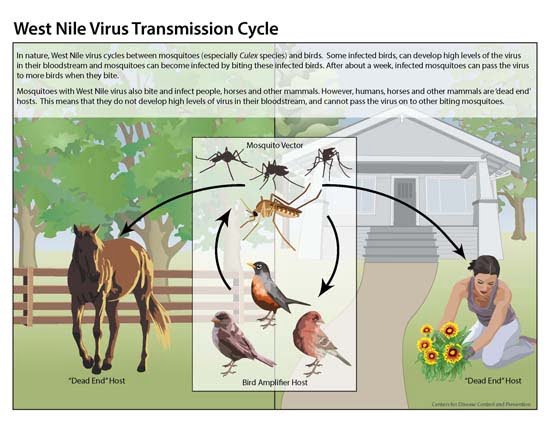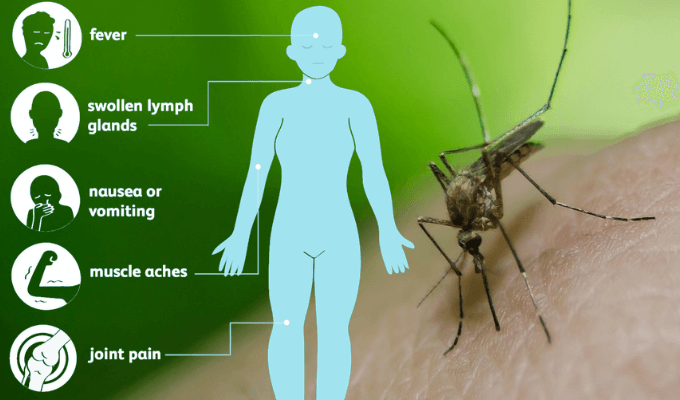How Climate Change is Increasing the Spread of West Nile Virus.
Introduction
Climate change, a global challenge with far-reaching impacts, is influencing various aspects of our environment and health. One such effect is the increasing spread of the West Nile Virus (WNV), a disease transmitted by mosquitoes. Understanding how climate change exacerbates the spread of this virus is crucial for developing effective public health strategies.
Understanding West Nile Virus
West Nile Virus (WNV) is a mosquito-borne virus that was first identified in Uganda’s West Nile district in 1937. It primarily spreads through the bite of infected Culex mosquitoes. Birds are the primary reservoir hosts of the virus, and mosquitoes become carriers after feeding on infected birds. When these mosquitoes bite humans, they transmit the virus, leading to potential infection. While the majority of people infected with WNV do not exhibit any symptoms, about 20% experience mild symptoms such as fever, headache, body aches, joint pains, vomiting, diarrhea, or rash. In rare cases, less than 1%, the virus can cause severe neurological diseases like encephalitis, an inflammation of the brain, or meningitis, an inflammation of the membranes surrounding the brain and spinal cord. These severe symptoms can include high fever, neck stiffness, stupor, disorientation, coma, tremors, seizures, and paralysis, and can sometimes be fatal. Diagnosis of WNV typically involves laboratory tests of blood or cerebrospinal fluid to detect the presence of the virus or antibodies. There is no specific antiviral treatment for WNV, so care is supportive, focusing on relieving symptoms. Preventive measures are crucial and include using insect repellent, wearing long sleeves and pants, and eliminating standing water where mosquitoes breed to reduce the risk of mosquito bites and thus WNV infection.West Nile Virus is a mosquito-borne pathogen that can cause severe neurological illness. First identified in the West Nile region of Africa, it has since spread to many parts of the world. The virus is primarily transmitted to humans through the bite of infected mosquitoes, particularly the Culex species.


The Link Between Climate Change and West Nile Virus
Warmer Temperatures
- Mosquito Breeding: Warmer temperatures accelerate the life cycle of mosquitoes, leading to faster development from larvae to adults. This increases the number of mosquitoes that can transmit the virus.
- Virus Replication: Higher temperatures also enhance the replication rate of the West Nile Virus within mosquitoes. This means infected mosquitoes have higher viral loads, increasing the likelihood of transmission to humans.
Increased Precipitation and Flooding
- Breeding Grounds: Climate change leads to increased precipitation and flooding, which creates more standing water. Mosquitoes lay their eggs in standing water, so more water means more breeding sites.
- Extended Mosquito Season: Increased rainfall and flooding can extend the mosquito season, giving these insects a longer period to spread the virus.
Drought and Water Management
- Alternative Breeding Sites: During droughts, people may use water storage containers that become breeding sites for mosquitoes. Inadequate water management practices can exacerbate this issue.
- Environmental Stress: Drought can stress both mosquito populations and their natural predators, potentially leading to a rise in mosquito numbers.
Symptoms of West Nile Virus
West Nile Virus (WNV) infection can manifest in varying degrees of severity. About 80% of individuals infected with WNV do not show any symptoms at all. They may remain asymptomatic and unknowingly carry the virus, which can potentially be transmitted to others through mosquito bites.
For the remaining 20% of people who develop symptoms, these are typically mild. Common symptoms include fever, headache, body aches, joint pains, vomiting, diarrhea, and occasionally a skin rash. These symptoms usually appear within 2 to 14 days after being bitten by an infected mosquito and can last for several days to weeks.
In rare cases, less than 1% of those infected with WNV can develop severe neurological complications. This can include encephalitis (inflammation of the brain) or meningitis (inflammation of the membranes surrounding the brain and spinal cord). Symptoms of severe illness may include high fever, severe headache, neck stiffness, stupor, disorientation, coma, tremors, seizures, muscle weakness, and even paralysis.
Individuals at higher risk for severe illness include older adults and those with weakened immune systems. It is essential to seek medical attention if any severe symptoms develop, as prompt diagnosis and supportive care can significantly improve outcomes for those affected by WNV.

Preventive measures for West Nile Virus
Use Insect Repellent: Apply insect repellent containing DEET, picaridin, IR3535, or oil of lemon eucalyptus to exposed skin and clothing.
Wear Protective Clothing: Wear long sleeves, pants, and socks when outdoors, especially during dawn and dusk when mosquitoes are most active.
Eliminate Standing Water: Remove standing water around your home where mosquitoes can breed, such as in flower pots, bird baths, gutters, and buckets.
Install or Repair Screens: Ensure windows and doors have screens without holes to keep mosquitoes outside.
Use Mosquito Nets: When camping or sleeping outdoors, use mosquito nets over sleeping areas.
Avoid Mosquito Areas: Limit outdoor activities in areas with high mosquito populations, especially during peak mosquito activity times.
Support Mosquito Control Efforts: Participate in community mosquito control programs and support efforts to reduce mosquito populations in your area.
Protect Pets: Ensure pets are also protected from mosquito bites by using veterinarian-approved repellents and keeping them indoors during peak mosquito times.
Stay Informed: Stay informed about local WNV activity and take appropriate precautions when traveling to areas where the virus is present.

